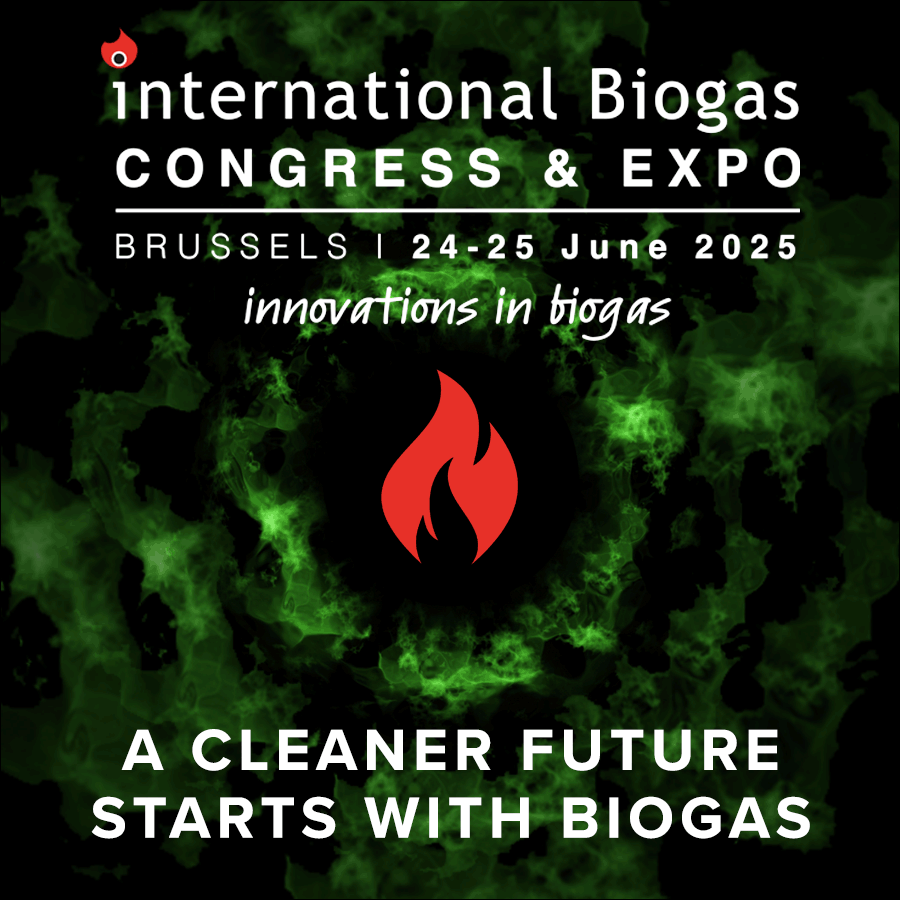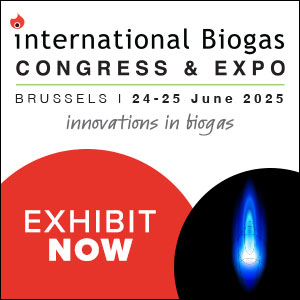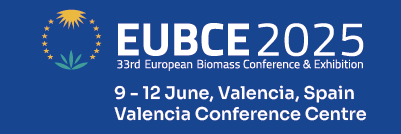Advances in emission monitoring systems

The North Sea Transition Deal (NSTD), agreed in March 2021, represents a landmark partnership between the UK government and the offshore oil and gas industry. The first of its kind among G7 countries, the NSTD outlines a collaborative plan to meet the UK’s carbon reduction targets.
The agreement establishes clear targets for reducing emissions against a 2018 baseline, targeting a 50% reduction by 2030 and a long-term objective of achieving net zero by 2050.
National and international regulations govern different countries, requiring industrial facilities to control air pollutant emissions. European Union countries, for example, are subject to the European Climate Law. Achieving these targets requires emission monitoring systems to measure, report and verify emissions effectively.
Advances in emission monitoring technology
Historically, emissions monitoring relied on manual stack testing, where samples from emissions stacks—industrial chimneys designed to disperse pollutants safely—were analysed in laboratories.
Although accurate, this method was time-intensive and provided only a snapshot of emissions at the time of sampling, failing to capture operational fluctuations. The arrival of continuous emissions monitoring systems (CEMS) in the 1970s transformed the industry by providing real-time, continuous data.
In-situ monitoring further enhanced accuracy by enabling direct measurement in the emissions stream. These systems are now indispensable in industries such as power generation, manufacturing and oil and gas.
However, traditional CEMS face challenges like high costs and regular maintenance. Their biggest limitation is single-point monitoring, which often misses the full scope of site-wide emissions, risking incomplete assessments and compliance gaps.
The rise of portable monitoring systems
In response to these limitations, the industry has increasingly adopted portable emissions monitoring systems (PEMS). These compact devices offer mobility and cost-effectiveness while maintaining the functionalities of fixed systems.
PEMS can be easily transported, enabling emissions testing across multiple locations without extensive installations. Maintenance is simpler, as devices can be sent off-site for servicing, minimising operational interruptions.
PEMS also allow for rapid diagnostics, providing immediate feedback to facilitate compliance. Their versatility also makes them ideal for monitoring hard-to-reach sources or temporary emissions, which fixed systems may not accommodate.
Particulate matter: a growing concern
PM is a critical pollutant consisting of microscopic particles suspended in the air. Sources of fine particulate matter include combustion processes, industrial emissions and natural phenomena.
These particles are currently classified by size into PM10 (particles less than 10 micrometres in diameter) and PM2.5 (smaller than 2.5 micrometres). PM2.5 is particularly hazardous due to its fine nature, which allows it to travel long distances and remain airborne for extended periods.
The UK’s Air Quality Standard Regulations set a target to reduce PM2.5 levels, requiring an annual average not exceeding 20 µg/m³ and aiming by 2028 to ensure no monitoring station records an annual average above 12 µg/m³.
The World Health Organisation (WHO) warns that even these levels fall short of protecting public health. WHO guidelines cap safe PM2.5 exposure at 5 µg/m³ annually—yet this standard remains a distant goal worldwide.
The 2023 World Air Quality Report analysed data from 7,812 locations across 134 countries, regions and territories, using IQAir’s global monitoring platform, which applies rigorous validation and calibration protocols.
Only ten of these countries and regions met the WHO guideline for annual PM2.5 levels, leaving millions at risk from air pollution.
Health effects for millions
Fine particles, when inhaled, can penetrate deep into the lungs and enter the bloodstream, posing serious health risks even to individuals far from their source. PM2.5 is particularly harmful due to its capacity to interfere with multiple physiological processes, leading to a variety of health problems.
WHO recognises PM2.5 as a major contributor to air pollution-related illnesses. Studies on the global burden of disease estimate that between four and ten million deaths annually are attributed to exposure to fine particulate matter. In 2013, PM2.5 was classified as carcinogenic and associated with an increased risk of lung cancer.
The health impacts of PM extend beyond size; its chemical composition is equally critical. For example, organic particles like pollen pose less risk compared to inorganic substances such as heavy metals, including uranium or thallium.
Despite the extensive scientific literature highlighting the toxic effects of PM2.5 and its potential mechanisms of action, there is still limited recognition of its impact compared to greenhouse gases.
Expert insight on emissions management
Current regulations often treat PM as a homogeneous category, grouped solely by particle size, overlooking these important distinctions.
Advanced analytical techniques, such as spectroscopy and scanning electron microscopy, can provide detailed insights into the physical and chemical properties of PM. This information is crucial for understanding its health and environmental impacts. However, regulatory frameworks have yet to mandate such detailed analyses, limiting the effectiveness of emissions reporting.
A different regulatory approach is urgently needed, one that classifies PM based on its chemical composition and requires detailed emissions data disclosure.
A good starting point is categorising PM by distinguishing between inorganic and organic compounds, which would help identify the varying risks they pose and ensure more accurate monitoring and control strategies.
Such measures would compel industries to address the varying risks posed by different particle types and enable policymakers to develop targeted mitigation strategies.
At Krajete, we believe more needs to be done to protect human health and the environment. Emission management should be a top priority across industries. Given that every gas situation is unique, tailored solutions are necessary for effective sampling and analysis.
Our approach employs advanced adsorptive gas and purification technologies to meet regulatory standards and convert emissions into valuable resources.
We provide optimised adsorptive materials for your filters, seamlessly integrating into existing operations to capture emission gases. These captured gases can then be recovered with mild heating and transformed into valuable products, such as nitrous oxides for nitric acid, supporting both sustainability and profitability.


























